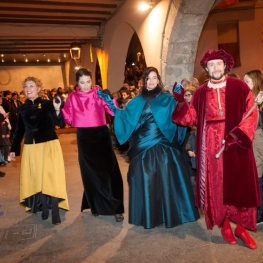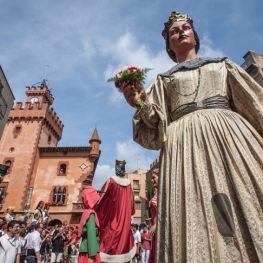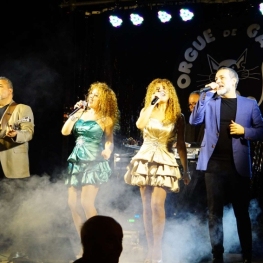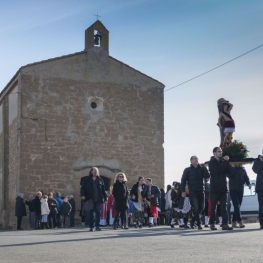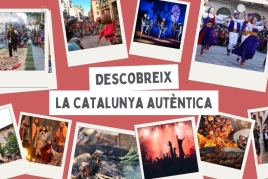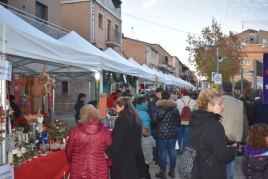Sant Sebastià festivities in Catalonia
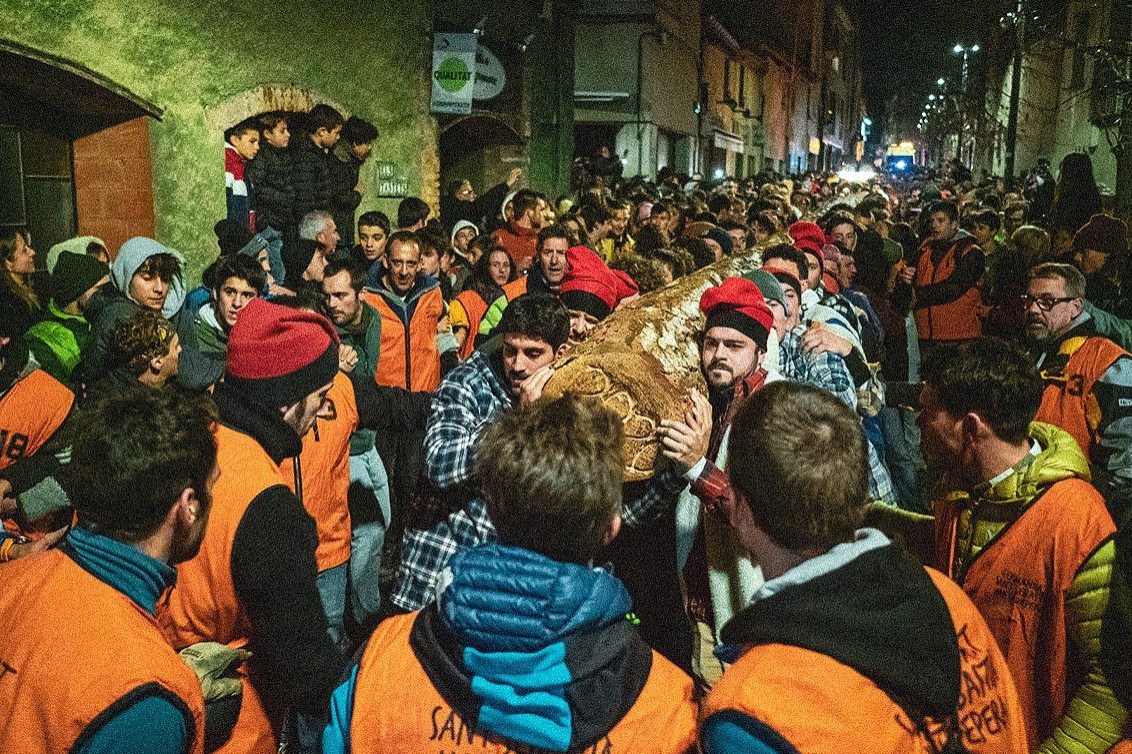
The Sant Sebastià festivities are an important celebration in various towns in Catalonia, especially in those municipalities where Sant Sebastià is considered the patron saint. This saint, venerated as a Christian martyr for having defended the faith during the Roman Empire, is commemorated on January 20. During the festivities, religious acts are combined with traditional and popular activities that fill the streets with life and color.
Some of the Catalan municipalities that celebrate these festivals with special devotion are Matadepera, El Papiol, Palafrugell or Vilafranca del Penedès, where a series of celebrations are held to honour the saint. In these towns, the festivities usually begin with a solemn mass in honour of Sant Sebastià, in which prayers are made for the protection of the community. This mass is usually followed by a procession, where the image of the saint is carried through the streets of the town, often accompanied by bands or choirs that sing in honour of Sant Sebastià.
In addition to religious activities, popular festivals play a central role in the celebration. In many towns, giants and bigheads take to the streets to dance to the rhythm of traditional Catalan music, and it is common to see parades where groups of giants mix with groups of local musicians. Correfocs also play a prominent role, with the participation of groups of devils who fill the streets with light and gunpowder, creating a unique spectacle.
One of the most deep-rooted traditions in Matadepera is the planting of the pine tree. The tree is cut down in the forest and transported on foot in a night walk that brings together hundreds of people. Afterwards, it is planted by hand in the square of Cal Baldiró, and finally it is climbed by the bravest climbers in the town.
In Vilafranca del Penedès, although Sant Sebastià is not the main patron saint, celebrations are also held in honour of the saint. In addition, the city has the Monastery of Sant Sebastià dels Gorgs, declared a Cultural Asset of National Interest, which is a testimony to the historical and religious heritage of the area.





